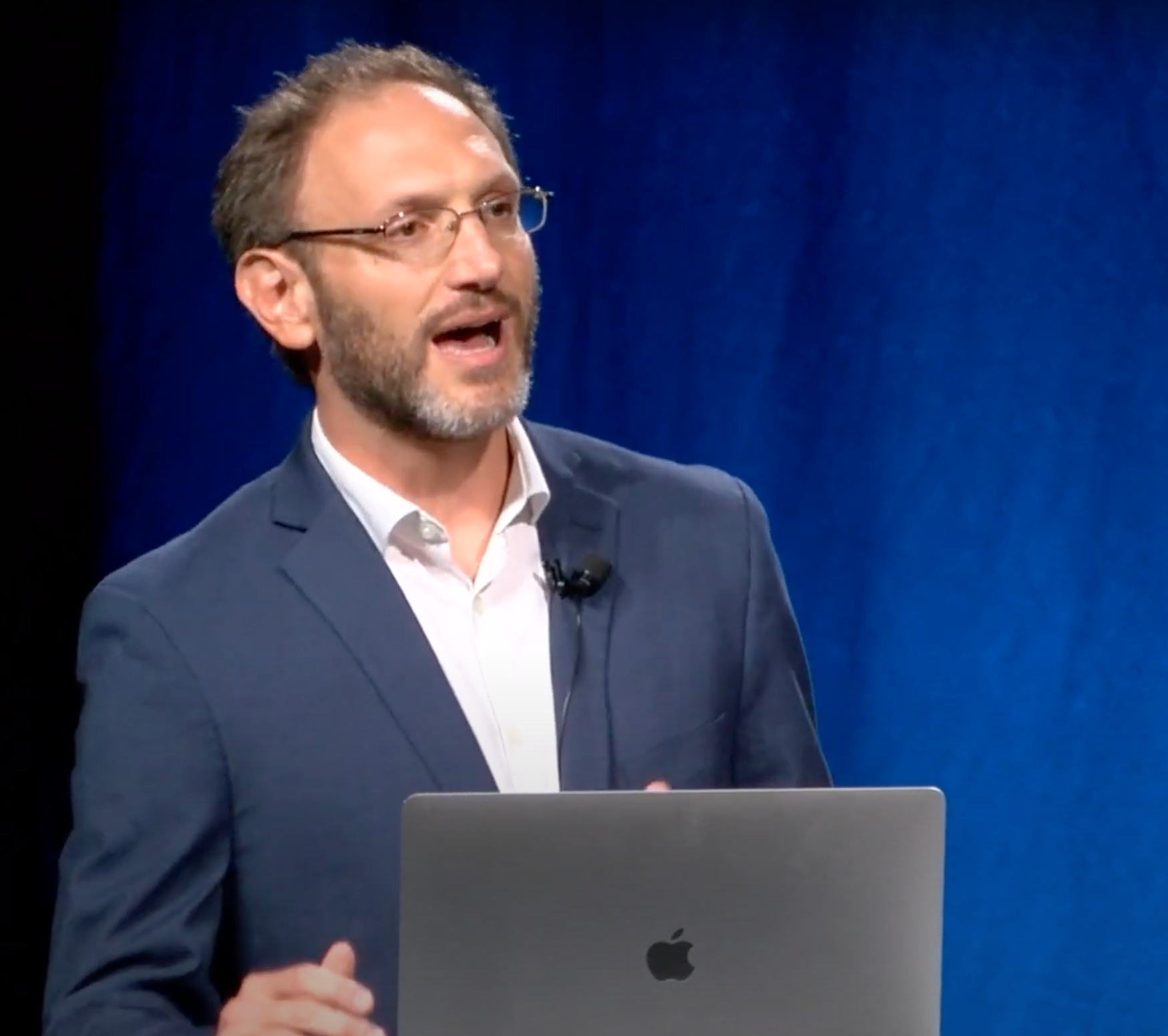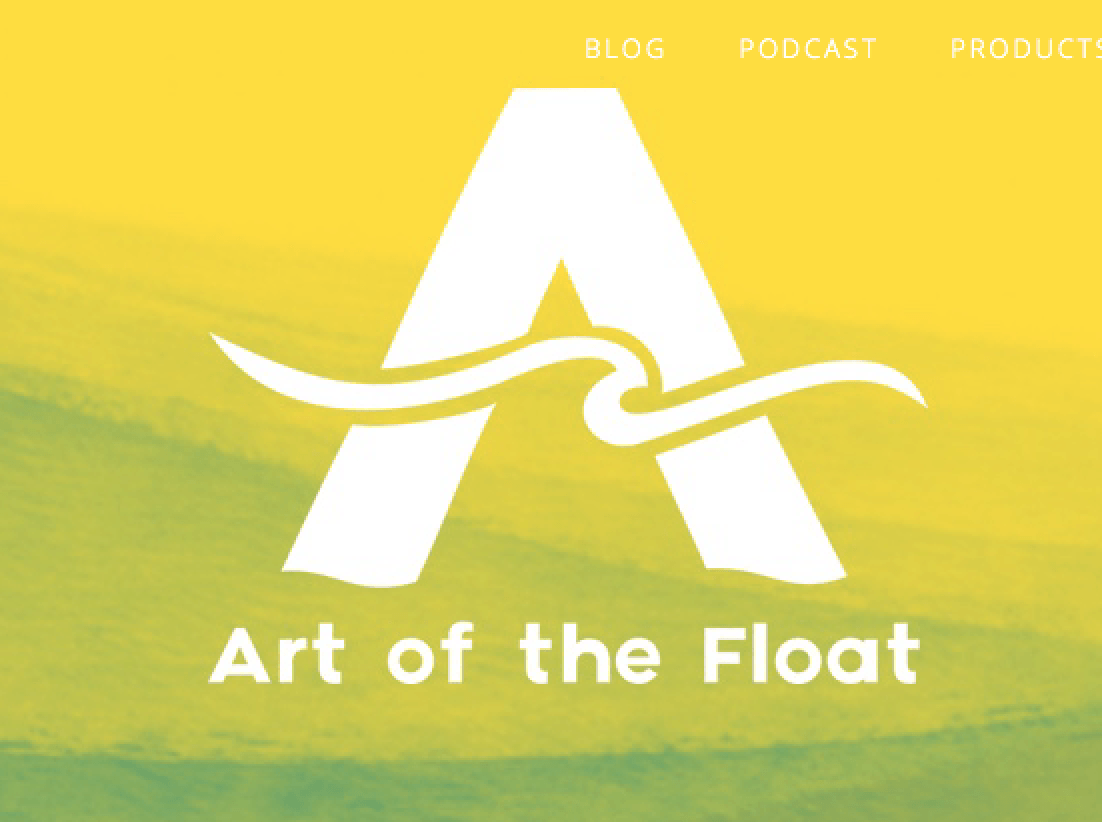



I want to explain my take on it without using long words. The Wiki article derives from the soon to be published peer reviewed paper, which was the result of that conference. I am writing this because I believe that we all should know more about what is likely to be the basis of our consciousness and personality.
At last this important word has a thorough explanation at Wikipedia.
In November 2016, I attended the first LIBR Interoception Summit in Tulsa, Oklahoma.
I want to explain my take on it without using long words. The Wiki article derives from the soon to be published peer reviewed paper, which was the result of that conference. I am writing this because I believe that we all should know more about what is likely to be the basis of our consciousness and personality.
We are talking brains here, and while the idea of a model running in the brain is quite old, it is the amazing power of fMRI scanners in the last decade that has set this field alight.
The brain is a bunch of nerve cells and those are all it has to work out the world in what we know as consciousness. We tend to forget that it’s a neuron engine, neuron signals in, neuron signals out. So the idea of a model of the world running in real time that enables us to understand input from our eyes and ears, is easy to grasp even though the way it works is fiendishly hard to understand.
But there is another model, and it starts first in the womb, but for now I will start with birth. We can see that a baby has very little control of arms and legs and peeing and all that stuff. So imagine the brain's job.
The brain uses those nerve cells called neurons. Every neuron is like a telephone exchange with thousand of inputs and thousands of outputs. But each neuron cannot send complex information. When enough of its inputs reach a certain level, it kicks out a pulse to all its outputs. We say it fires. Somehow the brain combines all its connections to make sense, how could it do that?
For a start it has a lot of neurons, maybe a hundred billion, so if you consider all possible connection maps with thousands per neuron you get a number too big to really conceive. Even each synapse can be a complex set of decision-taking processes. Suffice to know that the connections are variable, the technical term is plastic. They change all the time although some circuits are reinforced by long experience.
Going back to the new born baby, her brain is trying to make sense and it has signals coming from all internal organs. Most arrive through the largest nerve, the vagus nerve, which means the wandering nerve. It wanders past every organ, heart, lungs, stomach, guts, kidneys and all those vital bits and pieces, sending and receiving signals.
Now here is an engineering problem. Each nerve cell works pretty fast but not crazy fast. It takes appreciable time for a nerve signal to get from brain to kidney and the same the other way. Somehow the brain wants to keep control in a survival way. It wants to optimise survival chances but it experiences literally millions of nerve signals every second. The answer to this conundrum is prediction. The brain is a prediction machine designed to maximise the baby's chances of survival.
This may not be as obvious as reacting to a fear inducing external threat, but consider an adult task like catching a ball. Let's assume a surprise catch, something heading toward you fast. The exterior model is easy to see, you perceive the moving object but if limited to a simple muscle moving response, your nerves would not be fast enough, nor your arm muscles. What actually happens is the brain predicts the path of the ball, but also predicts the path your hand must take and sets the signals in motion, to make the catch and that happens below your consciousness. In a baby you can watch as the brain begins to master the internal model of arms and legs, but mastery of the organs must be very early.
The brain also speeds up your heart, knowing that action requires more blood pumped round.
In fact the heart is one of the most studied organs in this new Science of the internal model. It holds many clues about our unconscious states. There are CO2 detectors in our arteries and the brain uses that information to control breathing. Again this is a predictive model at work.
Back to the infant.
Clearly the infant control of heart beat is more urgent than control of arms or bladder. It's essential to life every second so the infant brain must work that out. I guess there is some connection going right back to when the heart starts in the womb, but now it's performance must be regulated. Baby must provide blood to the gut to help digest milk, just arrived. The swallow reflex must come under control to mix breathing with eating. We take these abilities for granted but how does the brain do it?
The thinking is like this. The brain makes or has in its circuits of nerve connections, a starting prediction and it receives signals back which it can compare to that start point. The brain can detect an error between prediction and feedback, so it corrects its prediction.
This is not just instantaneous, the brain lays down memories so that experience of say heartbeat, is accumulated. This makes for better prediction. We can call that a model, or if you like, a program. But using a computer metaphor can be misleading. Computers generally work in serial, one step at a time, albeit phenomenally fast.
The brain however, is massively parallel, it is all happening at once with cross connections all the time.
When the brain senses danger for example, it sets changes in motion that it predicts will maximise survival, so heart races and drastic things can happen in your gut! You are primed for fight or flight as the saying goes. But is that system perfect? Consider the infant brain again but now with different life experiences, one is calm and comforted but another experiences shocks and maybe isolation. Clearly the brain interior models will turn out different and maybe that is exactly why psychologists place emphasis on early life trauma and its effect on later life.
In other words that complex inner model that the brain uses to predict what should happen next, is going to be different in different people, and indeed it might be a poor model, leading to anxiety in its many forms.
We often use the idea of feelings and confuse feelings with emotions. Emotions like fear and surprise are part of the interior model. Feelings are conscious interpretations in the thinking part of the brain, the cortex, or modern brain in humans.
It is hard to assess feelings in animals but they surely have emotions based on their internal model. The human example means we can judge by thinking but in extremis, the inner model will take over.
Scientists are teasing apart the way signals appear in the brain, and the way brain chemicals work. The scanners are the tools, plus all the psychological ideas build up during the previous decades.
What we now realise is that this interior model, build by inner experience, is vitally important to both health and disease. It may also be the scaffold on which consciousness is built. Maybe the survival value of consciousness is to override our ancient behaviours but conflict between consciousness and the internal model may also be the root of mental disease. This interpretation rewrites some of the earlier theories of mental health.
Consider pain for example. We are aware of pain, we don’t just have pain. Awareness means we can form a model of cause and effect. This is a big step towards consciousness as well as being useful in making predictions so we can deliberately avoid pain in the future.
Where does the float tank fit in? We can see in scans, that the exterior sensing parts of the brain, big areas involved in sight, hearing, touch, temperature, posture, are closed down in the floating experience, but the inner system, the interoceptive system, is enhanced. Ideal conditions for research . And we hope, ideal conditions for clinical treatments of the future. The internal model is based on brain experience, comparing feedback with prediction, not at all on verbal reasoning. You cannot talk in words to your amygdala, the brain area associated with fear and assessing fear in others. But we can hope you can retrain an over-active amygdala by relaxing experiences like floating. Actually floating provides real relaxation, not just diversion, so there are good grounds for hope.
The LIBR summit was the first of its kind in this area of brain research and brought together researchers from Europe and the USA, to report and discuss. In my view as an outsider learning about the inner model, this is the frontier of full blooded consciousness research with many implications for mental health and early development of children, to give them the best chance in life.
My hope is that the float open pool, as used in the LIBR float research will become an important clinical tool and a treatment for various forms of anxiety, helping to reduce the overuse of opioids.
When Dr Feinstein talked about his results with clinically anxious people at the float conference in 2017, we learned that all the subjects reported important benefits from their first float. These were typically more significant to them than we see in the float experiences of healthy people. This is great news.
We already know from Swedish research that the same happens with pain. The worse the pain, the more relief is reported. These wonderful results show that floating has enormous potential in clinical settings.
Written by Colin Stanwell-Smith
Chairman and Technical Director
Floataway Floatation Tanks
approved for publication by Sahib Khalsa




FLOAT RESEARCH COLLECTIVE
Keep updated with the latest news, publications and presentations, the resource for everyone interested in the science of Floatation-REST. Sign up to our newsletter here: (opens a new window)
Thank you for contacting Clinical Floatation.
We will get back to you as soon as possible